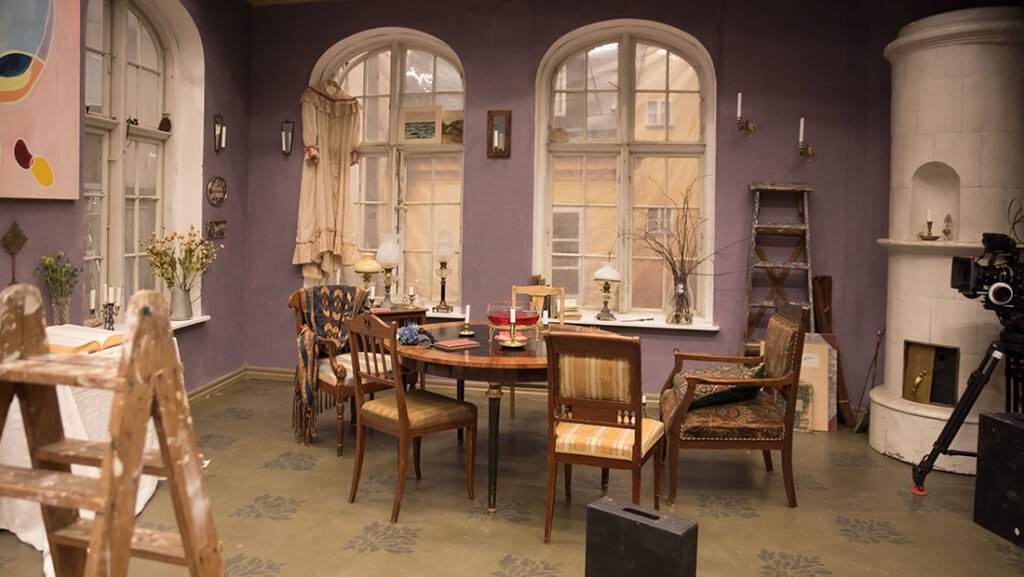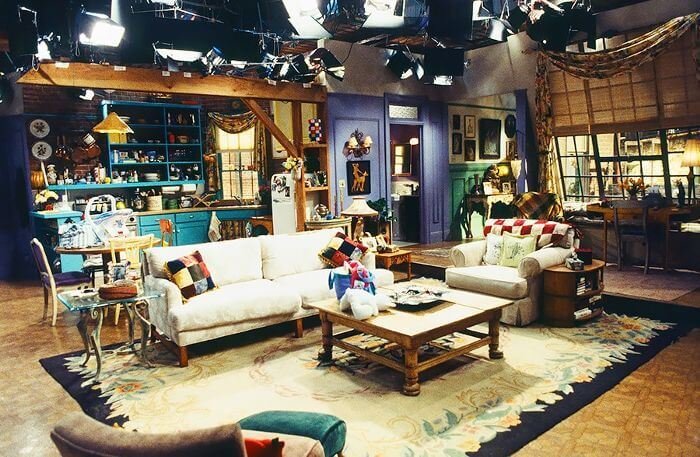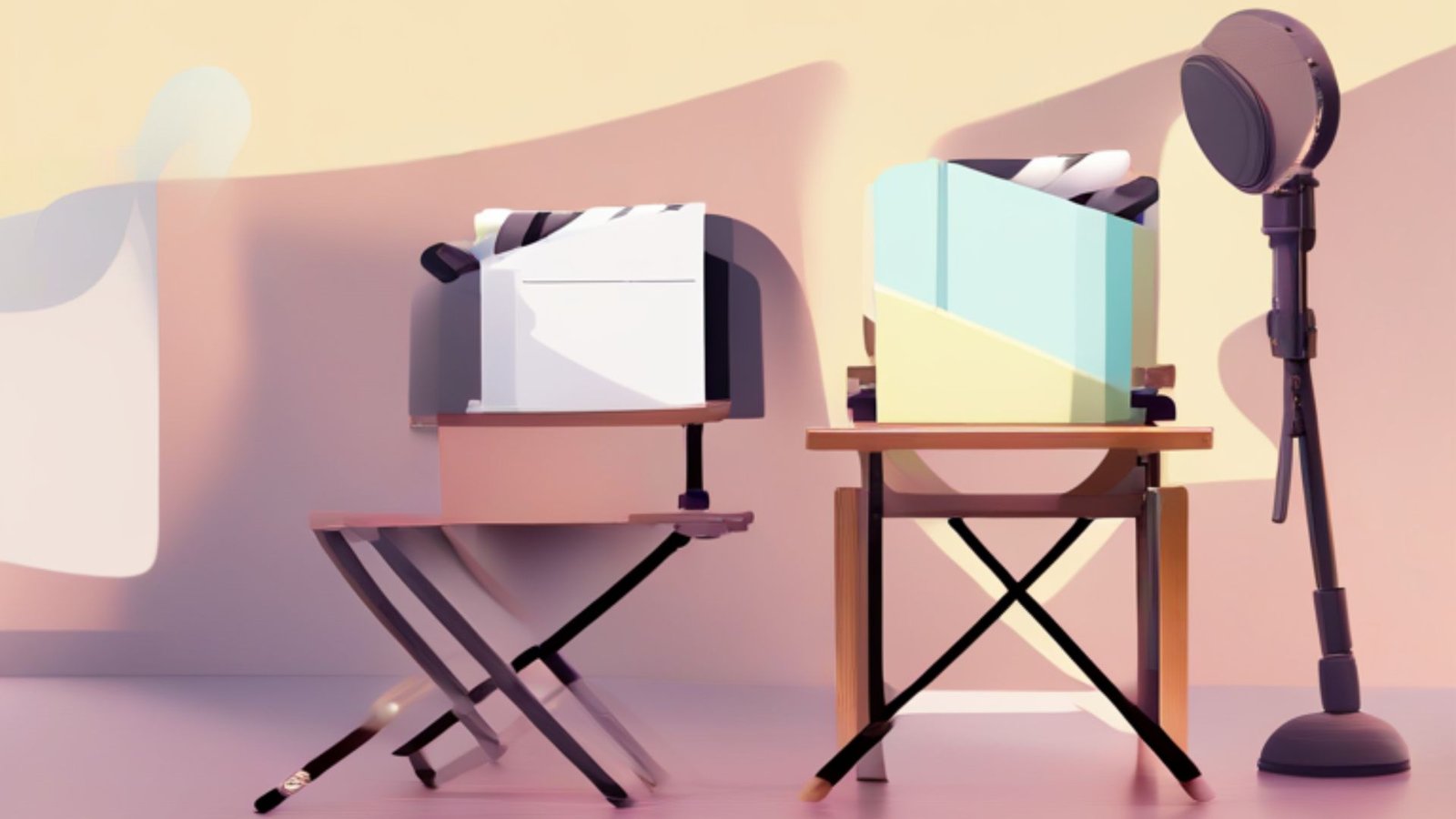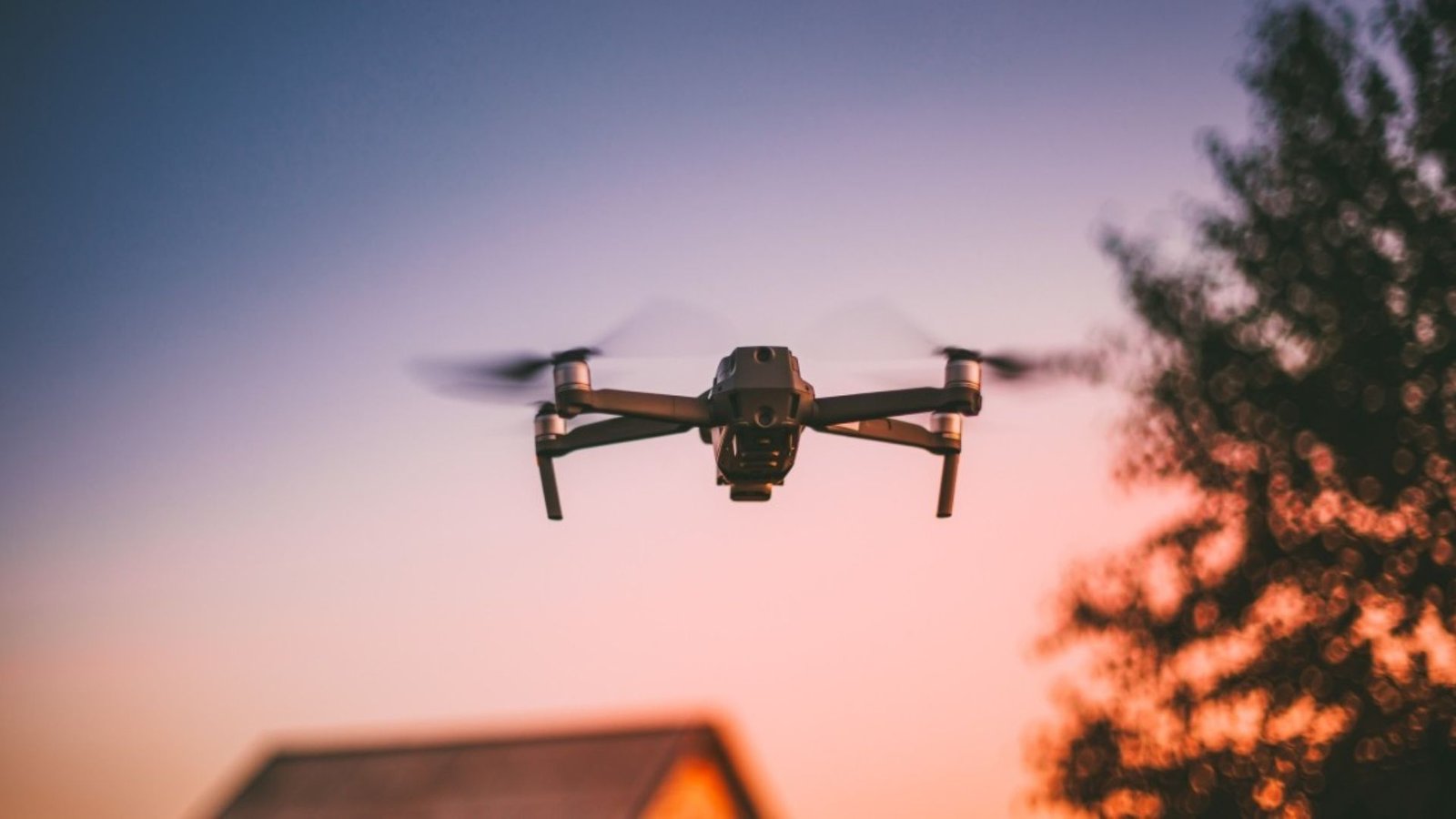Production design is a crucial aspect of creating immersive and visually captivating films, theater performances, and other visual media. Mastering production design involves understanding both the creative and practical elements of setting the scene. Here’s a guide on how to master production design and elevate your projects to a new level of excellence.

Understand the Role of Production Design
To master production design, it is essential to first grasp its role. Production design encompasses the overall visual concept of a project, including sets, props, costumes, and the spatial arrangement of these elements. It involves creating an environment that supports the story and enhances the audience’s experience. By understanding the importance of production design, you can better appreciate how it influences the narrative and aesthetic of a production.
Develop a Strong Concept
The foundation of mastering production design lies in developing a strong concept. This means translating the script or story into a visual plan that reflects the themes, time period, and emotional tone of the project. Start by analyzing the script in detail, noting key elements that need to be visually represented. Once you have a clear vision, create concept sketches or mood boards to visualize your ideas. This preparatory work is crucial for setting the direction of your design.
Collaborate with the Creative Team
Effective collaboration with the creative team is another important aspect of mastering production design. Communication with directors, producers, and other key personnel ensures that your design aligns with the overall vision of the project. Regular meetings and discussions help to integrate feedback and make necessary adjustments. Collaboration also involves understanding the constraints of the project, such as budget and space limitations, and working within these parameters to achieve the best possible result.
Pay Attention to Detail
Mastering production design requires a keen eye for detail. Every element on set should contribute to the storytelling and support the intended atmosphere. Attention to detail includes selecting appropriate materials, colors, and textures that match the project’s time period and setting. Additionally, consider how each design choice impacts the actors and their performances. A well-designed environment can enhance an actor’s performance by providing a more immersive and believable setting.
Utilize Technology and Tools
In today’s digital age, mastering production design often involves utilizing technology and tools to streamline the design process. Software programs like AutoCAD and SketchUp can help you create detailed floor plans and 3D models. Virtual reality (VR) and augmented reality (AR) tools are also becoming increasingly popular in visualizing designs and making real-time adjustments. Embracing these technologies can help you refine your designs and present your ideas more effectively to the rest of the team.
Test and Refine Your Designs
Once you have developed your production design, it’s important to test and refine it. This involves building prototypes, conducting set tests, and making adjustments based on practical considerations. Testing helps identify any issues that might not be apparent in the initial design phase, such as lighting problems or spatial constraints. Refining your designs based on these tests ensures that the final product is both functional and visually appealing.
Stay Updated with Trends
To truly master production design, staying updated with current trends and innovations in the field is essential. Attend industry workshops, read relevant publications, and study the work of leading production designers. By keeping abreast of new techniques and emerging trends, you can incorporate fresh ideas into your designs and stay ahead of the curve.
Conclusion
In conclusion, mastering production design involves a combination of creativity, technical skills, and effective collaboration. By understanding the role of production design, developing strong concepts, collaborating with the creative team, paying attention to detail, utilizing technology, testing and refining designs, and staying updated with trends, you can enhance your skills and produce outstanding work. Embrace these strategies, and you’ll be well on your way to mastering production design.




